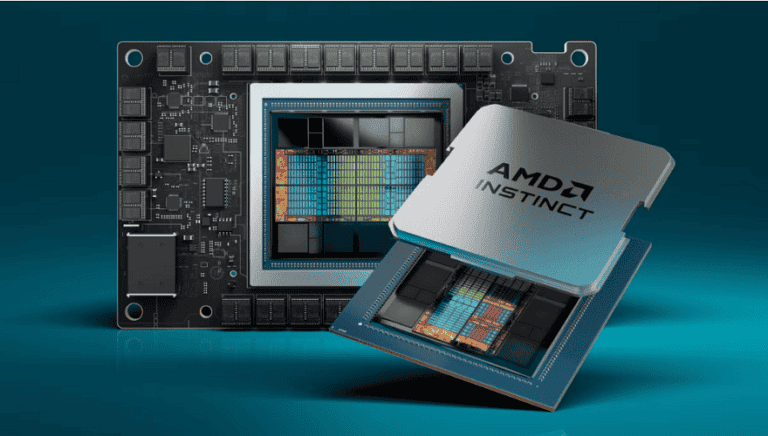AMD is going to unify the architectures for its own GPUs from now on. Following the trend set by its CPU line, which deploys Zen-based products everywhere, the company is now opting for the same strategy with the UDNA architecture.
UDNA will succeed both RDNA and CDNA. Currently, AMD builds data center chips with CDNA, while consumer CPUs in PCs run on RDNA. This is advantageous on the one hand, as it theoretically serves both segments optimally.
A logical step
And therein lies the rub: in theory. For a company with unlimited capacity, it is the desired strategy. However, AMD is a chip designer and not a chipmaker (and thus “fabless,” as the term goes). It buys capacity from TSMC on various manufacturing processes, competing with the likes of Apple, Nvidia and, in recent years, Intel.
In an interview with Tom’s Hardware, Jack Huynh, SVP & GM of AMD’s Computing & Graphics Business Group, explains why AMD is making the transition to a single architecture. In 2019, the company moved away from Graphics Core Next (GCN), the architecture that had brought much success with consumers. Thanks to deals with Sony (PlayStation 4) and Microsoft (Xbox One), the money tap remained open for a long time. Yet there was more success to be had elsewhere by specializing in competitive hardware on both fronts. That required a differentiated strategy.
Dot on the horizon
But while the AI upside is making AMD billions, it is actually losing market share against the already supreme Nvidia in the consumer market. It would therefore be convenient for AMD to enter both the AI battle and consumer with one architecture. This provides more wiggle room to deploy its own chips where there is demand.
Huynh explains that AMD is also thinking three generations ahead with UDNA from now on. Since the generations of CDNA and RDNA are roughly the same, they are UDNA 5, 6 and 7. This helps ensure forward and backwards compatibility, something that legacy software continues to support.
Sights set on Nvidia
Although Huynh himself does not continuously mention the formidable competitor Nvidia, it is clear that that company certainly plays a role in AMD’s choice. The GPU giant has the capital and long-term experience with CUDA to design various specialized architectures. AMD does not have that luxury. Against the (at the time) many times larger Intel, AMD began a 2017 advance that is still underway with its Zen architecture in Ryzen PCs and Epyc servers. The company will hope to repeat that trick against Nvidia.
Huynh also told Tom’s Hardware that CUDA, the exclusive Nvidia API for numerous AI solutions, is used by four million developers. AMD aspires to the same success, and does so largely with standards that are far less closed.
Also read: AMD’s Epyc rise in servers accompanies its wider growth
